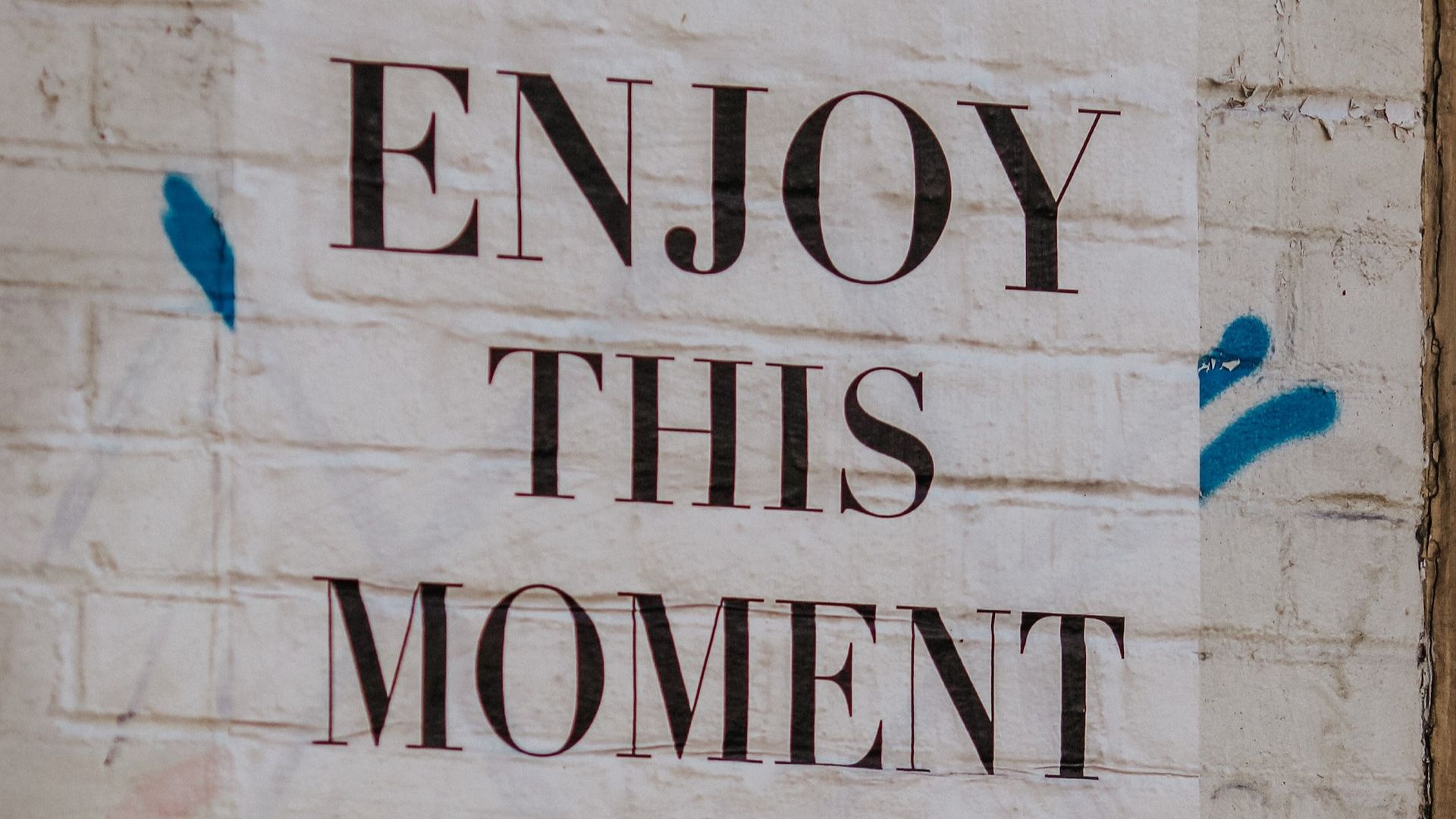How We Can be More Present as a Leader

By: Josh
Leaders are busy. We have meetings, engagements, emails, decisions to assess and make, and the hope to manage time to enable personal growth and reflection…all in a single day. And we still strive to get out of the office to be with and pour into your family. It’s easy to get consumed with our schedules, feeling overwhelmed each day simply going from thing to thing. We can lose sight of what is most important through the busyness of each day.
But leadership is a people business. At the end of it all, we know people are our most important priority. Yet, despite how much we know and believe that, sadly, it is so easy for them to get the least amount of our time, attention, and effort.
So, we must be deliberate about pouring into our people. And our presence as leaders is a simple, yet powerful way to build connections with our people, show them we care for and value them, and to build trust. When and where we choose to be as a leader sends a message. Moreover, how we act in those times sends the most salient message of all. Simply being physically present does not equate to presence. In any moment that we are around our people, we must demonstrate and message that being right here, now, with you is the most important place for me to be. We do that with our words, attitudes, and behaviors.
Think about a scenario where your boss joins your small birthday celebration during lunch that your team put on for you. Nothing big, but certainly thoughtful. And it’s cool that your boss came! But while he is there for the short time he was, he doesn’t really talk to anyone. Any time you glance over at him, he is either feverishly typing an email on his phone, on a phone call, or looking at his watch. It’s clear that he has a ton of more important things on his mind than your simple lunch celebration. How do you feel about your boss after that? And what might his behavior reveal about how he feels about you? As leaders, we can unfortunately have similar impacts on others without even noticing it.
In his book, Stop Talking, Start Communicating, Geoffrey Tumlin challenges leaders to “listen like every sentence matters, talk like every word counts, and act like every interaction is important.” An approach like this can convert any interaction into an opportunity for a meaningful connection.
So, we are busy, yes. But leaders must prioritize what is most important. We ought to make time for and put effort towards those most important things. We are intentional with our time and capacity, not victims of them. Because of this, we must be deliberate in pouring into interactions, connections, and moments with our people.
Though important, it does not mean that this approach requires grand gestures or massive chunks of time. In fact, it’s better they don’t. Small, authentic, consistent efforts mean the most. It can be as simple as employing small efforts like:
- Using deliberate communication: In-person is better than a video call, which is better than a phone call, which is better than a text, which is better than an email. Sure, an email or text are often the quickest to get stuff done, but what does consistent digital messaging alone do to a relationship over time? Can we afford the extra few minutes and effort it takes to leave our office to talk to our people? Simple decisions like getting out of the office to talk with our people in-person instead of calling them can transform the relationship over time. Meet them in their space. Take the time to see them when we can.
- Pay attention to your non-verbal communication: We can show that you care without even saying a word. Pay attention to your facial expressions and body language as you interact with people. Small signals can have a big impact. Signals like maintaining eye contact, raised eyebrows to show interest, and affirming head nods to show you’re listening. Maintain casual, welcoming body language. Don’t hide behind desks or hide behind crossed arms. Even small gestures like looking away from the person you’re talking to every now and then can reveal that you have other things on your mind instead of them. Our non-verbal behaviors can be the biggest signals of leader approachability, encouraging people to engage with us…or not.
- Invest in the moment: Showing your people that you are busy while around them, though likely accurate, is a destructive message. Being distracted during conversation shuts down vulnerability and the quality of the conversation. So, when engaging with your people, put the phone away and don’t regularly check or use it. If meeting in or your office or they stop by to talk to you there, get out from behind your desk and stop checking the computer screen for new emails. Looking back at the boss at the birthday celebration example, its probably worse to be there and distracted than not showing up at all. If you’re going to be present, be present. Additionally, if your organization has regular mandatory requirements such as training or some sort of check-in (like military units that conduct regular weapon qualification ranges, fitness tests, or urine analyses), don’t use your leader privilege to cut to the front of the line. We are not better than anyone else. We can wait in line like everyone else, and even use that time to engage with our people.
- Invest in the conversation: And don’t listen to merely respond, listen to understand. Ask questions throughout the discussion. Strive to make conversation about the other person. As the leader, we can still drive the conversation topics while making it about them. Through our questions, we can navigate the topics we discuss and the insight we gain from it. But all the while, we make it about them by seeking their opinions. And conversation does not have to be all business. An easy way to show we care is to ask and learn about them as a person, not merely them as a position and job in the organization.
- Invest in the person: I always resort to the childhood lesson I learned from my mom growing up – no one cares how much you know until they know how much you care. People desire to be seen and valued. Thus, we should learn about other people. By doing so, we show them we care about them as human beings beyond the job they do for the team. It can be simple things like their family, goals in work or life, and hobbies they enjoy spending time on. Record that information later so you can retain it and build off it in future conversations. Personally, I like to record that kind of information on the notes section of their contact listing in my phone. It makes for simple consolidation of information and easy access. It can seem disingenuous or careless if we keep asking the same questions, aiming to learn the same things about people over and over.
I find it appropriate to close by reiterating Geoffrey Tumlin’s words: “Listen like every sentence matters, talk like every word counts, and act like every interaction is important.”
Sure, it takes a little time and some effort to be intentional with our people. And that might be time or effort that we simply don’t have today. But remember that engaging with, caring for, and pouring into our people may not be the most important thing you do today, but it is certainly the most important thing you do every day.
So, I encourage you to be deliberate in your words, attitudes, and behaviors as a leader and commit to being authentically present as much as you can.





